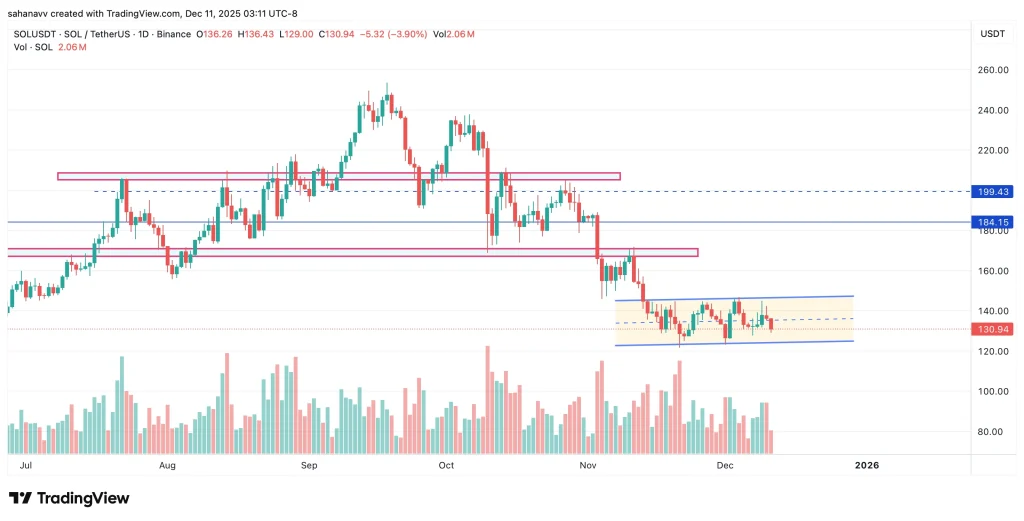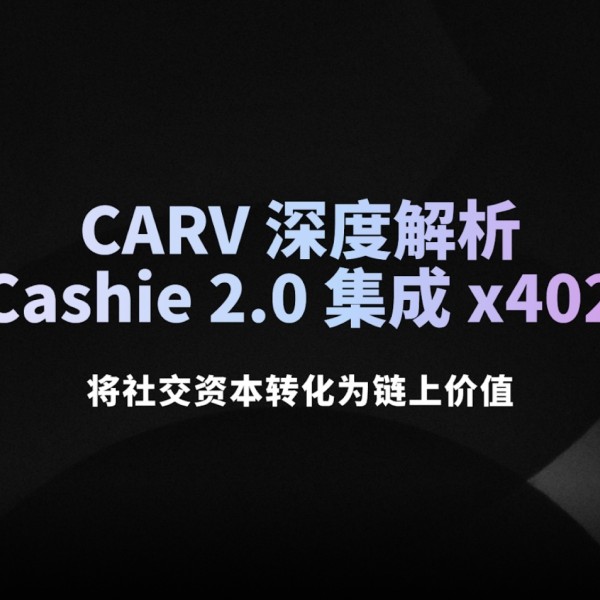The Stablecoin Revolution: How Citigroup and JPMorgan Are Pioneering a $3.7 Trillion Opportunity
- Stablecoins, projected to reach $3.7 trillion by 2030, are driving a financial shift with Citigroup and JPMorgan leading through distinct strategies. - Citigroup aggressively expands tokenized services and partnerships, while JPMorgan cautiously tests institutional solutions with its JPMD token. - The GENIUS Act, backed by both banks, aims to regulate stablecoins, ensuring institutional trust and market clarity. - Banks leverage regulatory expertise to dominate cross-border payments and treasury solution
The financial world is on the cusp of a seismic shift. Stablecoins—digital currencies pegged to fiat assets—are no longer a niche experiment. They're a $258 billion juggernaut today, with analysts projecting a staggering $3.7 trillion market by 2030. At the forefront of this revolution are two titans of traditional banking: Citigroup and JPMorgan Chase . These institutions, once skeptical of crypto's volatility, are now doubling down on stablecoins, leveraging their infrastructure, regulatory clout, and institutional expertise to seize a multi-trillion-dollar opportunity.
The Strategic Playbooks: Citigroup's Aggressive Push vs. JPMorgan's Cautious Crawl
Citigroup, under CEO Jane Fraser, is leading the charge with a bold, all-in strategy. The bank has already deployed its Citi Token Services (CTS) platform, enabling real-time treasury and liquidity management via tokenized fiat on blockchain. This system is operational across New York, London, and Hong Kong, with plans to expand to consumer-facing applications. Fraser's vision is clear: “Tokenized deposits and stablecoins are the future of cross-border payments and corporate finance.” Citigroup is not just testing the waters—it's building an ecosystem. Strategic partnerships with SIX Digital Exchange and Payoneer are accelerating cross-border solutions for SMEs, while the bank's exploration of its own stablecoin and custody services positions it as a one-stop shop for institutional clients.
JPMorgan, meanwhile, is taking a more measured approach. CEO Jamie Dimon, once a vocal critic of crypto, now acknowledges the inevitability of stablecoins. The bank's JPMorgan deposit coin (JPMD)—a permissioned token on Ethereum—targets institutional clients, offering 24/7 settlement and interest-bearing features. While JPMorgan hasn't fully committed to a stablecoin consortium (unlike Citigroup's open collaboration), it's leveraging its Early Warning Services (Zelle) infrastructure to explore interoperability. The key here is risk management: JPMorgan is prioritizing controlled experimentation over rapid expansion, a strategy that could pay off in the long run if regulatory clarity solidifies.
Regulatory Tailwinds: The GENIUS Act as a Catalyst
The GENIUS Act (Guiding and Establishing National Innovation for U.S. Stablecoins) is the missing piece of the puzzle. This proposed legislation, which passed the Senate in 2024 and is now in the House, mandates full asset backing for stablecoins and creates a legal framework for institutional adoption. President Trump's vocal support has accelerated its momentum, and both Citigroup and JPMorgan have publicly endorsed the bill. For traditional banks, this means a level playing field against crypto-native platforms. No longer will they be sidelined by regulatory ambiguity; instead, they can compete head-to-head in a market where trust and compliance are non-negotiable.
The Institutional Edge: Why Banks Win in the Stablecoin Era
Stablecoins are not just about speed or efficiency—they're about trust. Institutional clients demand transparency, security, and regulatory compliance, which banks are uniquely positioned to deliver. Citigroup's CTS platform already processes billions in tokenized transactions, while JPMorgan's JPMD token is designed to integrate seamlessly with existing banking systems. These aren't speculative experiments; they're infrastructure upgrades that solve real-world problems:
- Cross-border payments: Stablecoins eliminate intermediaries, slashing costs and settlement times.
- Corporate treasury: Tokenized cash allows businesses to optimize liquidity in real time.
- Regulatory compliance: Banks can offer custody and reserve management services, ensuring stablecoins meet AML and reporting standards.
The market math is compelling. Citigroup estimates the stablecoin market will grow to $3.7 trillion by 2030, driven by institutional adoption and SME demand. JPMorgan's focus on interest-bearing tokens could further differentiate it in a crowded space.
Investment Implications: Positioning for the Digital Future
For investors, the key is to identify which banks are best positioned to monetize this shift. Citigroup's aggressive innovation and strategic partnerships make it a high-conviction play, particularly for those betting on rapid adoption. JPMorgan's cautious, risk-managed approach offers a safer bet, with steady incremental gains as it scales its deposit coin and explores consortium models.
Here's how to think about the numbers:
- Citigroup (C): With a forward P/E of 9.2 and a 2025 revenue forecast of $52 billion, the bank's blockchain initiatives could unlock significant upside if stablecoin adoption meets expectations.
- JPMorgan (JPM): A forward P/E of 10.5 and a 2025 revenue target of $115 billion position it as a defensive play in the digital finance space.
Both stocks are undervalued relative to their long-term potential. However, Citigroup's boldness comes with higher volatility, while JPMorgan's measured approach offers more stability.
Conclusion: The New Gold Rush in Digital Finance
The stablecoin revolution isn't just about technology—it's about power. Banks that master this space will control the rails of global finance in the 21st century. Citigroup and JPMorgan are already laying the groundwork, but the race is far from over. For investors, the message is clear: this is a $3.7 trillion opportunity, and the early movers are the ones who will reap the rewards.
Final Call to Action:
- Aggressive investors: Overweight Citigroup for its innovation and ecosystem-building.
- Conservative investors: Add JPMorgan for its disciplined, institutional-grade approach.
- All investors: Monitor the GENIUS Act's progress—regulatory clarity could be the spark that ignites this market.
The future of money is digital, and the banks that adapt fastest will lead the charge. The question isn't whether stablecoins will matter—it's whether you're ready to invest in the ones that will.
Disclaimer: The content of this article solely reflects the author's opinion and does not represent the platform in any capacity. This article is not intended to serve as a reference for making investment decisions.
You may also like
Solana Stalls Below Key Resistance as Momentum Fades—Can SOL Price Break Out Before 2026?

CARV In-Depth Analysis: Cashie 2.0 Integrates x402, Transforming Social Capital into On-Chain Value
It is no longer just a tool, but a protocol.

Trump Takes Control of the Federal Reserve: The Impact on Bitcoin in the Coming Months
The U.S. financial system is undergoing its most significant transformation in a century.

Castle Island Ventures partner: I don’t regret spending eight years in the cryptocurrency industry
Move forward with pragmatic optimism.
